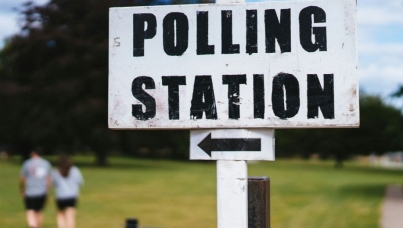SubPostmaster Income
This is the third phase of research conducted by Ipsos on behalf of the National Federation of SubPostmasters looking at subpostmaster income.
This latest research focuses on the major sources of sales-related income following the introduction of a range of new post office products and services by Post Office Ltd. In this report we also look at the profitability of post offices and their attached businesses.
In recent years, changes in technology, greater mobility and different shopping habits have led to transformations in the way many people use post offices and a decline in business for the network.
The Government's decision to pay state benefits and pensions electronically into accounts (Direct Payment) has also led to a substantial reduction in subpostmaster income from encashment of order books and benefit cheques.
Post Office Ltd's new services were designed as major new sources of revenue to replace the loss of much of the post office network's traditional business. However, this report shows in many cases the new services are actually bringing in very small sums for subpostmasters.
The new services include Post Office financial services, a focus on providing banking services to customers of high street banks, a telephone service and Bureau de Change.
Some of the more traditional services are still bringing subpostmasters a significant proportion of their income. Post Office card account transactions brought in an average of 10% of a subpostmaster's net pay and bill payments brought in 5% on average. However, the Post Office card account is due to end by 2010, with no successor product currently lined up to replace it, and the bill payments market is under considerable and increasing pressure from competitors.
Post Office Ltd says that banking, financial services and telephony are vital to the future of the post office network. However, we have found that these services are bringing very little income for subpostmasters.
Average earnings in January 2006:
- 16346 banking services (1% of net pay)
- 1637 financial services
- 1635 Home Phone
Many subpostmasters earned nothing from these key services. 58% of subpostmasters received nothing from counter sales of Post Office financial services. 83% of subpostmasters received no income from Home Phone.
Bureau de Change is a relatively successful service, bringing in 16356 per month on average for subpostmasters.
Meanwhile, overheads and staff costs which account for an average of 59% of the income subpostmasters receive from the post office have been increasing (two thirds of subpostmasters report an increase over the last year). Average overheads (excluding staff costs) have risen by 19% and staff costs by 12% over the past 2 years.
Subpostmasters' personal drawings from their post office business have reduced by 3% since February 2004 (6% in real terms). 61% of subpostmasters say these drawings are insufficient for them to live on. Three quarters of subpostmasters depend on supplementing their income from their associated businesses. A quarter (23%) use personal savings and a quarter (23%) use pensions to supplement their income.
Two fifths of subpostmasters could not cover their post office staff costs, overheads and personal drawings from their post office pay, therefore operating at a loss.
Deprived urban post offices are most dependent on income from bill payments and card accounts and have the highest relative overheads.
Rural subpostmasters are most dependent (46% of net pay) on the fixed element of their income. For most rural subpostmasters this is currently being paid by the Government, but this payment is due to cease in 2008.
![]() Download the report here pdf, 354KB
Download the report here pdf, 354KB
Technical details
Ipsos interviewed a representative sample of 751 subpostmasters about their income in January 2006 (sales and transactions undertaken in November 2005).
Interviews were conducted by telephone, using CATI (Computer Assisted Telephone Interviewing) between 20 February and 6 March.
Over half (56%) the subpostmasters interviewed run rural post offices, 36% urban post offices in non-deprived areas and 8% post offices in urban deprived areas.
A post office in a deprived urban area is defined as any post office located in the 10% most deprived areas (Super Output areas or Wards) as determined by the indices of Multiple Deprivation.



